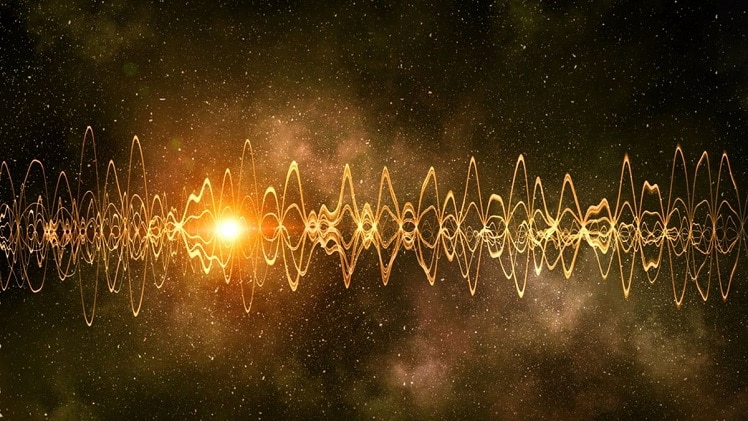The Silent Void: Why Sound Can’t Travel in a Vacuum

At What Speed Does Sound Travel In A Vacuum
Sound, that ubiquitous companion in our daily lives, seems to travel effortlessly through the air. We hear conversations, enjoy music, and experience the rumble of thunder – all thanks to sound waves. But what happens to sound when there’s no air to travel through? The answer lies in the very nature of sound itself.
Read More: https://photosqueen.org/
Understanding Sound: A Matter of Vibrations
Sound is a type of mechanical wave, meaning it requires a medium to propagate. Consider throwing a stone into a motionless pool. The ripples that spread outward are a visual representation of a wave. Similarly, sound waves travel by causing vibrations in the particles of a medium, like air or water.
These vibrations create areas of high and low pressure that move outwards from the source of the sound. When these pressure fluctuations reach our ears, they are interpreted by the brain as sound. at what speed does sound travel in a vacuum.
The Silent Vacuum: No Medium, No Sound
So, what happens to sound in a vacuum, a region devoid of matter? Since there are no particles present, there’s no medium for the sound wave to travel through. Imagine trying to create ripples in a perfectly still pond with no water – it’s simply not possible.
In the absence of a medium, the vibrations created by the sound source cannot be transferred. This is why astronauts on the moon, where there’s a near-perfect vacuum, cannot hear each other without the use of radios that transmit sound waves electronically.
The Speed of Sound (Not in a Vacuum):
It’s important to note that while sound cannot travel in a vacuum, it does travel at different speeds depending on the medium. Sound travels at a speed of about 343 meters per second (767 miles per hour) in dry air at 20°C. This speed increases in denser mediums like water and decreases in less dense mediums like air at higher altitudes.
Beyond the Silence: Alternative Modes of Wave Propagation
While sound waves cannot travel through a vacuum, other types of waves can. Light waves, for instance, are electromagnetic waves that do not require a medium for propagation. This is why we can see the sun and stars, even though they exist in the vast emptiness of space.
The Implications of a Silent Vacuum
The inability of sound to travel in a vacuum has several important applications. It’s crucial for the design of spacecraft. Since sound cannot travel through the vacuum of space, astronauts can communicate within their spacesuits without interference from external noise.
Furthermore, the study of sound in a vacuum plays a role in various scientific fields. For instance, researchers studying acoustics in vacuum chambers can analyze the properties of sound waves with greater precision by eliminating external noise factors. at what speed does sound travel in a vacuum.
Conclusion: The Symphony of Our World
The silence of a vacuum may seem counterintuitive in a world filled with sound. However, understanding this phenomenon helps us appreciate the intricate relationship between sound waves and the medium they travel through. It’s a testament to the fascinating world of physics and the delicate balance that allows us to experience the symphony of sounds that surround us.



